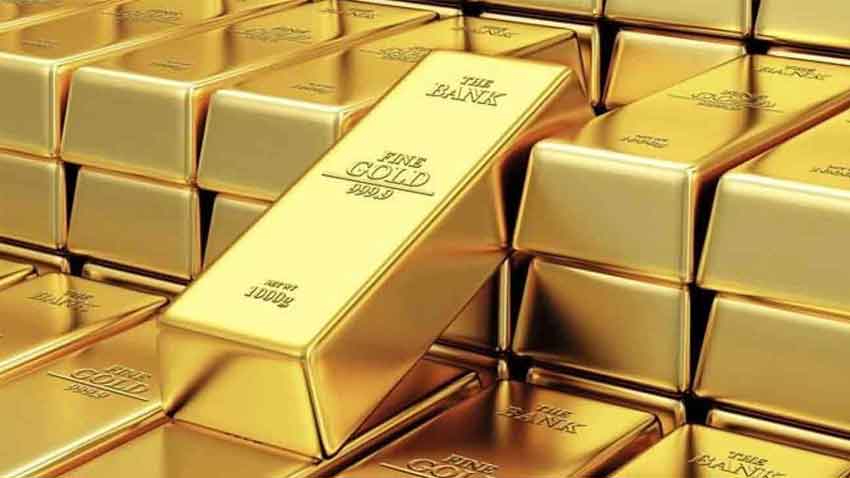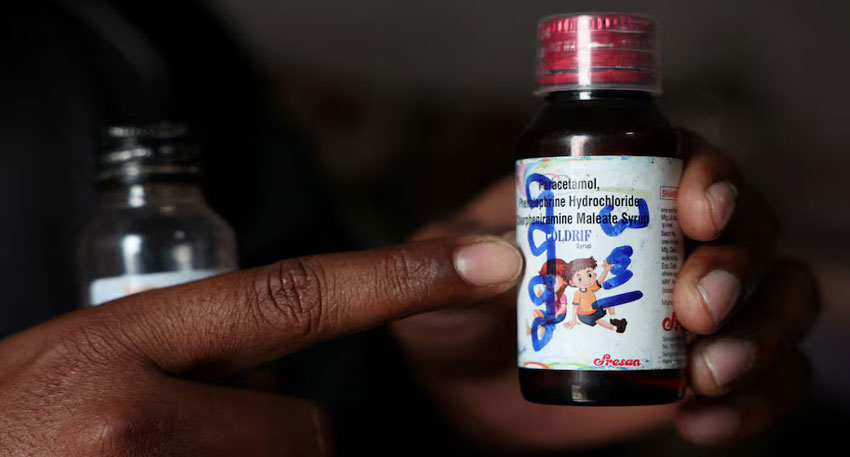
According to the All Pakistan Sarafa Gems and Jewellers Association, other gold rates showed a halt: the price for 10-gram 24-karat gold stayed unchanged at Rs365,708, while 10-gram 22-karat gold also held steady at Rs335,244. In the international market, the stability was mirrored, with gold quoted at $4,042 per ounce, showing zero variation.
However, the price of silver witnessed a noticeable downward trend. The per tola rate for 24-karat silver fell by Rs107, dropping to Rs5,222 from its previous day’s rate.
Correspondingly, the price of 10-gram silver decreased by Rs91, settling at Rs4,477. International silver prices also dipped, falling by $1.07 to reach $49.50 per ounce, indicating a global decline for the white metal.
Expert Analysis: The unusual stability in gold, despite a clear dip in silver, suggests that major market movers are currently in a holding pattern, possibly waiting for key economic indicators. Silver’s decline, both locally and internationally, might signal a short-term reduction in industrial demand or profit-taking by traders after recent gains.
Read more: Car sales in Pakistan jump 40% as Toyota, Honda and Suzuki lead the boom
Several factors often influence this unusual "pause" in the gold market:
International Market Consolidation: The local gold price is heavily dependent on the international rate (quoted at $4,042 per ounce in the report). When the global market enters a period of low volatility or consolidation, domestic prices, which are a direct conversion of the dollar rate, tend to stabilize. This quiet phase often precedes a significant breakout in either direction as traders wait for new major economic data.
Rupee Stability: Local gold prices are calculated by multiplying the international dollar rate by the Rupee/Dollar exchange rate. If the Pakistani Rupee (PKR) holds steady against the US Dollar—even for a single trading day—the local gold price will also remain stable, provided the international rate does not move.
Investor Uncertainty vs. Safe-Haven Demand: While some investors may be profit-taking or shifting towards the US Dollar (which would typically lower gold demand), persistent local economic uncertainty and inflation in Pakistan keep a baseline demand for gold strong. This counteracting demand may be preventing the price from falling, creating a temporary equilibrium.
The decline in silver, which has more industrial uses than gold, may hint at weakening short-term industrial demand or a sharper wave of profit-taking among silver traders, but gold’s appeal as the ultimate safe-haven asset appears to be keeping its value anchored.




